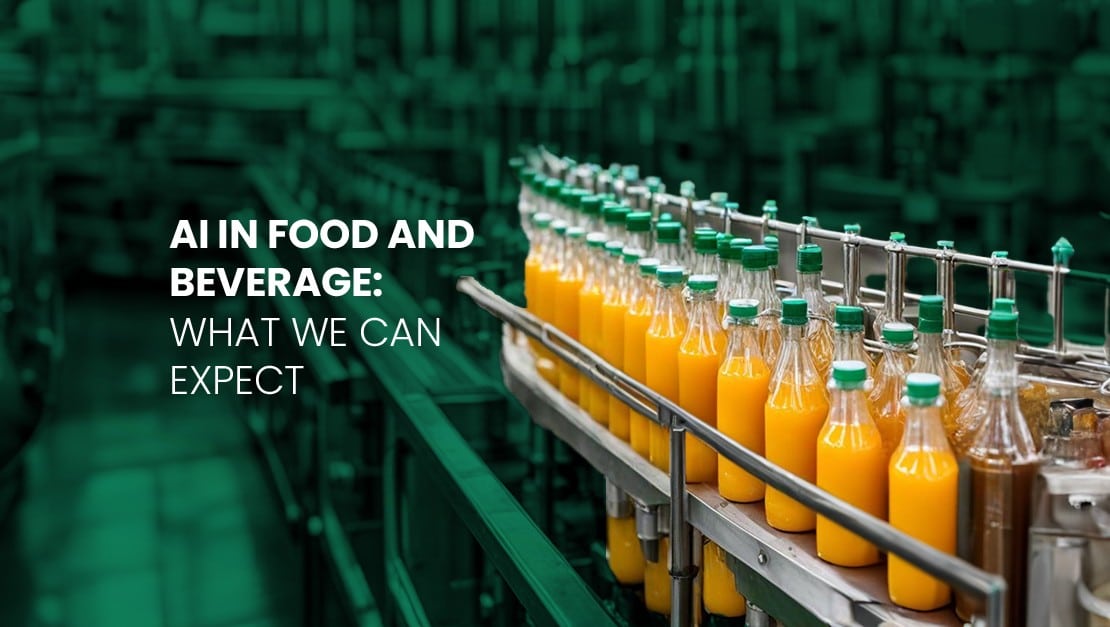There’s nothing wrong with the traditional models of fleet management operations, but often, they can be limiting a company’s ability to grow. With rapid technological advancements in recent years, fleet companies, whether in the air or on land, have an opportunity to fast-track their growth and capabilities and develop successful strategies.
One of the most innovative technologies helping businesses in the fleet industry succeed is artificial intelligence (AI). With a capacity to predict, analyze, and optimize, AI is empowering fleet companies to revolutionize the way they operate.
This blog post will take a look at the different technological changes in the fleet industry, strategies to embrace them, and the challenges faced along the way.
Fleet Management Technology Trends and Their Impact
Technological advancements are helping fleet operators in different fields like transportation, logistics, delivery services, and even emergency response to innovate and work more effectively. These technological strides have led to an industry that’s safer and more efficient. Let’s have a look at some of the technological developments that have had an impact on fleet management.
- AI, Data Analytics, and Machine Learning (ML): By analyzing data using AI and data analytics tools, fleet management can get insights into driver behavior, vehicle performance, and patterns to identify areas for cost savings and improvements, such as optimizing routes or making strategic business decisions.
- Augmented Reality (AR): AR is already being used in the US Air Force in order to guide repair and maintenance tasks, helping staff cut down on errors and speed up inspections. In fleet management, AR is still in its early stages but can be used for training, simulations, and even loading vehicles.
- Voice Commands: As drivers need to constantly focus on the road ahead of them, any distraction can be dangerous. That’s why voice technology that helps drivers with finding destinations, replanning routes, or communicating with dispatch can make fleet operations a lot safer by keeping hands on the wheel.
- Internet of Things (IoT): IoT technology helps establish a new level of connectivity and data exchange. Vehicles can be equipped with sensors that relay data on information like tire pressure, fuel consumption, engine performance, or even tracking cargo conditions, enabling fleet managers to proactively monitor vehicle maintenance and status before an incident occurs.
- Fleet Management Software: Advanced software helps fleet operators by providing tools for tracking schedules, maintenance, fuel, vehicle use, and more. Additionally, as the fleet industry shifted to accommodate the impact of the pandemic, remote fleet management tools became a go-to solution, with companies still utilizing these tools for remote or hybrid work models.
- Drones and Delivery Automation: Certain fleet industries are exploring the use of drones for last-mile delivery. While still in its early stages, this technology has the potential to impact fleet operations by improving delivery speed and efficiency. Companies like Amazon, UPS, and Walmart are adopting drone programs, which are expected to cut down on delivery times.
Overcoming the Challenges of Adopting New Fleet Management Technology
Escalent, an advisory and data analytics firm, called 2023 “the year of the rebound” for fleet technology investments. As more and more fleets move to adopt new technologies, those who don’t risk falling behind the competition. “Fleet decision-makers recognize technology is advancing quickly and realize those who do not adopt a future-oriented mindset will be left behind,” says Lucas Lowden, leader of the Fleet Advisory Hub at Escalent.
Adopting new programs brings its own specific set of challenges, and overcoming them comes with careful consideration from management. Through a combination of ongoing communication and proactive planning, you can ensure these challenges don’t prevent the successful adoption of new programs. Here are some common challenges and solutions to overcome them.
Challenge: Concerns With Being Monitored
Companies may feel some resistance to change when adopting new technologies, specifically from drivers. Some drivers might be concerned about feeling regularly tracked or monitored with new technologies or feel like their privacy is in jeopardy.
Solution: Address Concerns and Make Drivers Feel Included
Address privacy concerns head-on. This can look like involving drivers in the selection and adoption of new technologies, asking for their opinions, and including them in decision-making processes. It’s also important to take the time to openly explain the technology’s purpose and how your business goals are attached to it. You can also give them examples of how a new tool might improve their tasks and make their work easier.
Challenge: Lack of Technical Skills for Drivers
Implementing new fleet management technology often requires your employees to possess certain skills, and some drivers may not be confident in their abilities. New and complex software can leave drivers feeling confused and even resistant to change.
Solution: Invest in Training Programs
Of course, wherever possible try and opt for solutions that are intuitive, easy to learn and user-friendly, but more than that, it’s important to provide all employees with hands-on training so they feel ready for implementation. In fact, training and development programs have been shown to increase employee satisfaction and motivation, so by providing education on new programs, you’re also showing your team that you value them and their growth. That said, there are technologies, like aiOla, that have virtually no learning curve and can be used by anyone with any skill level. We’ll touch more on that soon.
Challenge: Cost and Budget Restraints
New technology, especially when widespread across your organization, requires significant budget allocation to cover different costs, including software and hardware, implementation, training, and continued support. This can be a deterrent for fleet management companies that believe funds can be better allocated elsewhere, like hiring more drivers or investing in their fleet.
Solution: Highlight Long-term Cost Savings and ROI
The ROI of new technologies may not be seen right away as employees and drivers get familiar with it, but it’s important to help your team see the bigger picture and how these technologies make work more efficient across the board. With cutting-edge technologies helping companies remove redundancies, cut down on time spent on operations, and make the day-to-day run more smoothly, this can eventually lead to cost savings. For example, with aiOla, companies invest a relatively small percentage compared to the amazing ROI they see from using our technology. We’ll cover more about aiOla’s cost-savings capabilities below.
How Can C-Level Executives Embrace Changes in Fleet Operations?
While the solutions mentioned above are a good jumping point to encourage new fleet management technology adoption, it’s crucial that C-level executives lead the charge. C-level executives play a crucial role in driving the adoption of new technologies in fleet operations. Through demonstrating leadership and strategic decision-making, C-level executives can spell the difference between a successful adoption and a flop.
First, it’s important to prepare your company for the incoming technological changes. There are a few ways to do this:
- Be selective of the best technological solutions to implement in your operations
- Upgrade your existing IT infrastructure to support new changes
- Ensure support remains in place so that operations during implementation aren’t too impacted
- Allocate resources accordingly for resources and training
- Assess potential risk and compliance concerns before implementation
Once new technologies are adopted in your fleet operations, it’s critical to encourage widespread adoption so that the changes lead to success. Here’s how you can do this:
- Lead by example by demonstrating enthusiasm and commitment to embracing technological changes
- Provide ongoing education and training for employees to make adoption run smoothly
- Encourage cross-department collaboration with the new technology as much as possible, such as logistics, IT, finance, and customer service
- Champion a culture of innovation and change by communicating regularly and effectively
aiOla: AI-powered Fleet Technology for Easy Adoption
Not every new technology is going to be right for every fleet operation, but choosing ones that are simple to implement, have little to no learning curve, and don’t interrupt your existing workflow can help set your company up for success.
aiOla is a voice-driven platform that relies on AI and ML technology to help teams work more efficiently while also gathering critical data through speech. Through ASR and NLP technology that understands over 100 languages and different industry jargon, aiOla provides companies with mission-critical data to make work safer and more efficient. Since all employees need to do is speak to use aiOla, there’s no long onboarding, training, or intensive upskilling involved and deployment can be done quickly.
Using aiOla, fleet operators can ensure that data that’s otherwise lost can be factored into important decision-making. For example, drivers can use aiOla to give an oral account of vehicle issues to help speed up inspection and maintenance processes. This means that tasks that were manual and time-consuming can be performed in a matter of minutes or even seconds, leaving drivers less stressed, distracted, and more focused on the road. Not only that, but aiOla can help provide drivers and dispatchers with real-time alerts in the event of a mechanical malfunction.
Book a demo to learn more about how aiOla can empower your fleet operations team to work smarter, safer, and more effectively.








